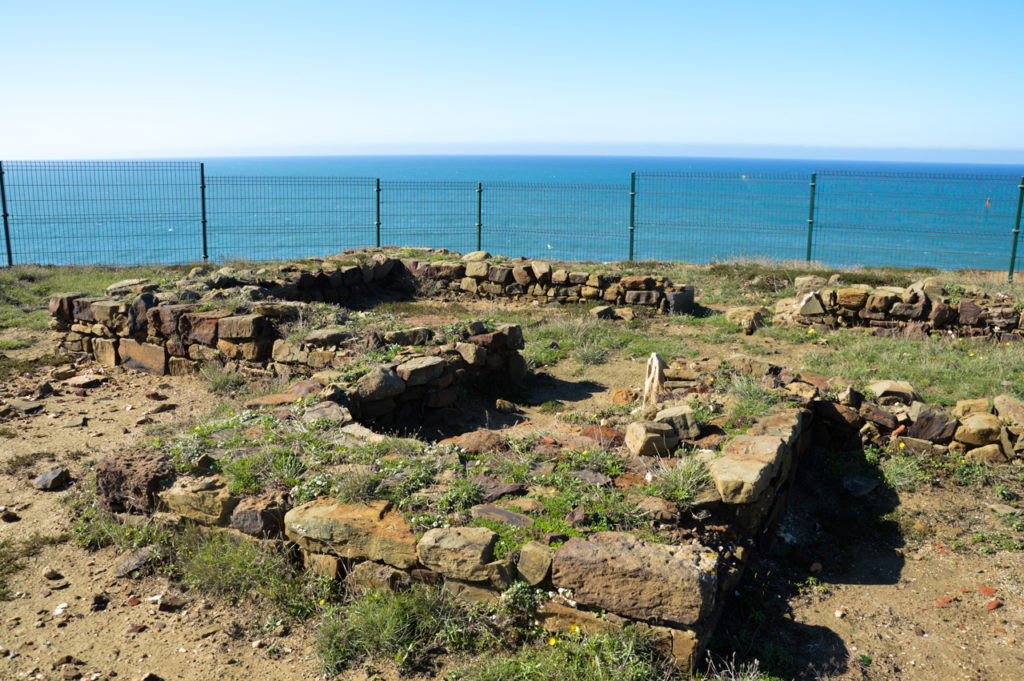The ordinance that establishes the Special Protection Zone (ZEP) of Arrifana's Rîbat, in Ponta da Atalaia (Vale da Telha), in Aljezur, was published this Thursday, September 21st, in Diário da República (DR).
According to the document, an Archaeological Sensitivity Area (ASA) was created, in which there are a series of restrictions.
Namely: the existence of «intrusive works in the subsoil, or that alter the current topography or vegetation cover, are necessarily preceded by a systematic survey of the land, followed by diagnostic archaeological surveys, by manual means, under the direction of an archaeologist accredited by the protection of cultural heritage, seeking, through appropriate sampling, to evaluate the archaeological and stratigraphic potential, and define measures to minimize the impact».
Furthermore, the results of these “diagnostic surveys must be presented in a report subject to the assessment of the entity responsible for the protection of cultural heritage, on whose decision-making order will depend, whether the possible revocation of archaeological conditions with release of the land for the completion of the works, or the extension of archaeological constraints, including the possible expansion of the archaeological excavation area and/or the full effective, in-person and systematic archaeological monitoring of all earth movements and removals, excavations and opening of caves, including those connecting to public networks» .
Any demolition of existing buildings, to enhance the classified property, also “must be subject to permanent and comprehensive monitoring, with the presence of an archaeologist, for the purposes of recording and rescuing possible materials with archaeological interest reused at the heart of the current construction”.
Furthermore, only constructions should be authorized, with a “permanent character that aim to improve the conditions of enjoyment and conservation of the classified property, such as requalification of visiting routes and construction of explanatory structures, as long as they are guided by minimalist criteria, whose area does not exceed that of the pre-existences, considering only one floor, and a semi-buried solution can be chosen, seeking, through adequate framing with the surroundings, to safeguard and enhance the aforementioned classified asset».
In exceptional circumstances, existing buildings may be demolished to increase the value of the classified asset and the placement of outdoor advertising of any type is not permitted.
«Only the installation of heritage and directional signage is permitted, as long as it takes into consideration the suitability of the spaces in which it is located and the views over and from the classified property», reads the order.
The architectural complex of Rîbat da Arrifana, founded around 1130 by the Sufi master Ibn Qasi, a supposed ally of Dom Afonso Henriques, constitutes the most notable Islamic religious complex in the west of the Iberian Peninsula, with antecedents in the small mosques of the Levant deserts.
Archaeological evidence allows the recognition of a walled complex organized into four nuclei, including, among other buildings, several mosques, some with mihrab, and a necropolis.
The location of the monument, on the small peninsula of Ponta da Atalaia, a designation resulting from the transformation of a minaret of the original religious complex into a watchtower tower in the XNUMXth century, reveals not only a political-military strategy of territorial occupation, but also an intention religious and symbolic, based on the character of the place.
From the community Islam established here in the mid-XNUMXth century, constituting a theocratic political and military center with a fleeting existence in the context of contemporary clashes between Sufis, Almoravids and Almohads, there still remain popular traditions that recall the ancestral sacredness of this promontory in the southwest of Gharb al-Andalus, facing the Atlantic and defended by high cliffs.


















Comments